Bridging the generational divide at work
25 Apr. 2023
Age is just a number – but a thriving, happy workplace should be full of people from all walks of life. Older people can bring long-honed expertise and wisdom to the table, while young recruits starting their career are ready and willing to adapt to change. We go through school surrounded by classmates of the same age, and this continues for the most part at college and university. When we enter the workplace, we are suddenly thrown together with people from older generations who may have different ways of working and solving problems.
As a snapshot, today’s workforce includes Baby Boomers (people born between 1946 and 1964); Generation X (1965-1980); Millennials (1981-1996), and Generation Z (1997 and beyond). Millennials grew up during a time of significant technological advances, from the internet explosion to the dawn of social media and smartphones. Gen Z-ers, meanwhile, are the digital children who have never known a life without the worldwide web. They almost instinctively know how to use technology because it is embedded into their lives from the outset, while Baby Boomers and Gen X have had to develop their computer literacy over time.
So, how can employers bridge the generational divide?
Establish a culture of equality, diversity, and inclusion.
A diverse workplace is greater than the sum of its parts. Every employee has something positive to contribute for the greater good. A diverse workplace includes people of all age groups, ethnicity, gender, sexuality, culture, religion, and ability. By having a wide talent pool, you create a more vibrant workplace. Bring people together to share their experiences, and find common ground on which to build positive working relationships.
Introduce unconscious bias training to help tackle ageism in the workplace.
There are unfortunate stereotypes associated with different age groups. Younger people may be seen as lazy or unreliable, while older people may fear they’re seen as outdated if they struggle to adapt to new technology, or don’t relish the go-karting team social. Embed unconscious bias training into your inductions or learning and development programme.
Offer mentoring programmes.
Different age groups can learn from each other. Encouraging employees to engage with each other can foster a deep, mutual respect. Older staff members will have a wealth of experience – from the workplace and beyond – to solve problems and pass wisdom on to their younger colleagues. Meanwhile, tech-savvy youngsters inject new energy and ideas and can help ensure no one gets left behind when new systems are introduced.
Be mindful of what different people want out of work – and how they prefer to communicate.
Some people may be more ambitious in seeking promotion and rewards, while others may be looking to scale down, often depending on what stage in life they are at. Managers should have honest, open conversations with their team about what they want out of work and how they like to be managed and communication with.
Offer flexibility and support to help the different impacts of the cost-of-.
It’s important for employers to be ready to listen and offer support. More mature workers may have family commitments, such as caring for children or ageing parents, while still needing to pay off their mortgage. At the same time, younger people may be juggling high rent costs as they struggle to get on the property ladder.
Focus on mental health.
The Covid-19 outbreak proved to be a major reckoning in terms of work-life balance and put a strong focus on mental health. A
study published after the pandemic found that more than half of young professionals were experiencing feelings of burnout. Ensuring people can maintain a work-life balance is key to tackling this but it means offering flexibility and perks, such as mental health days, adjustable working hours or an Employee Assistance Programme. Recent data revealed a surge in online job adverts offering
early finish Fridays to tempt Gen Z-ers to apply. Traditionally, older generations are more likely to push-on in silence, while younger people generally feel more comfortable talking about their feelings.
Recognise the issues impacting certain age groups – like the menopause.
Traditionally ignored in the workplace, it’s vital for employers to put measures in place to support and retain their female staff. Actively encourage open conversations around the topic or explore recognition with the Menopause Workplace Pledge.
Age may be just a number, but it can bring countless benefits. Make the most of the rich variety of talent at your disposal. Encourage your staff to work as a team, fusing the experience and wisdom of older workers together with the raw talent and enthusiasm of younger recruits. The sky’s the limit!

 Contact Us
Contact Us

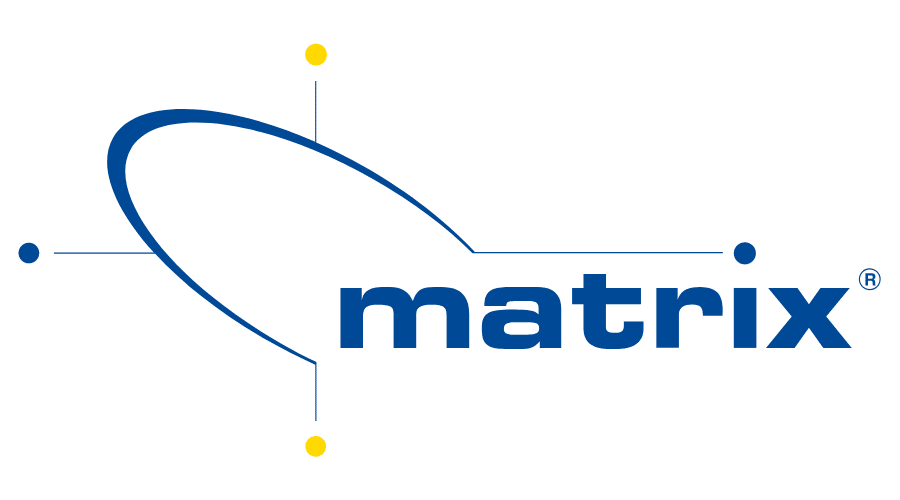
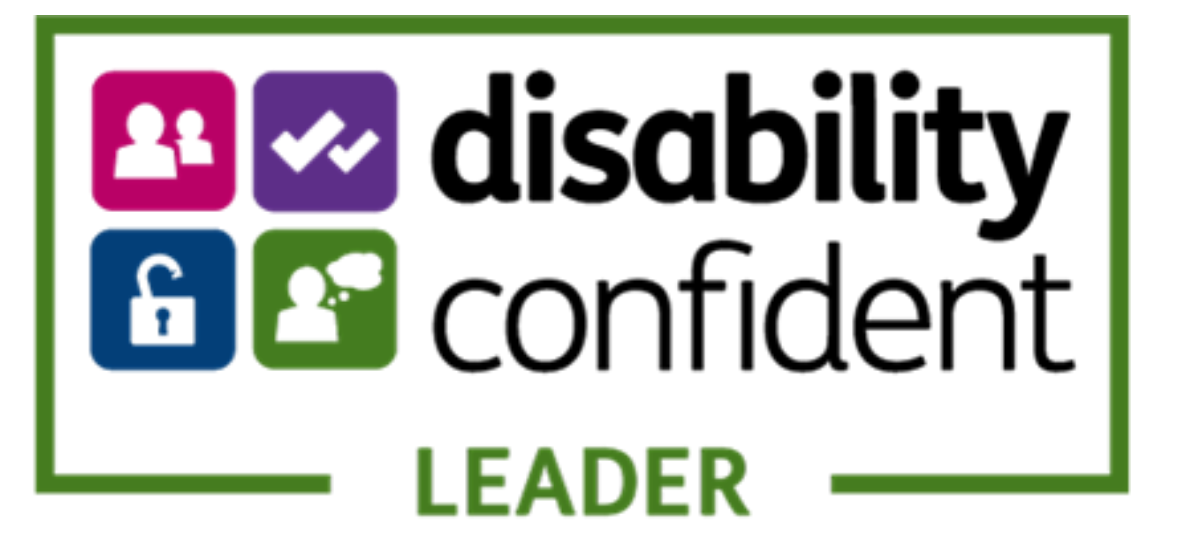
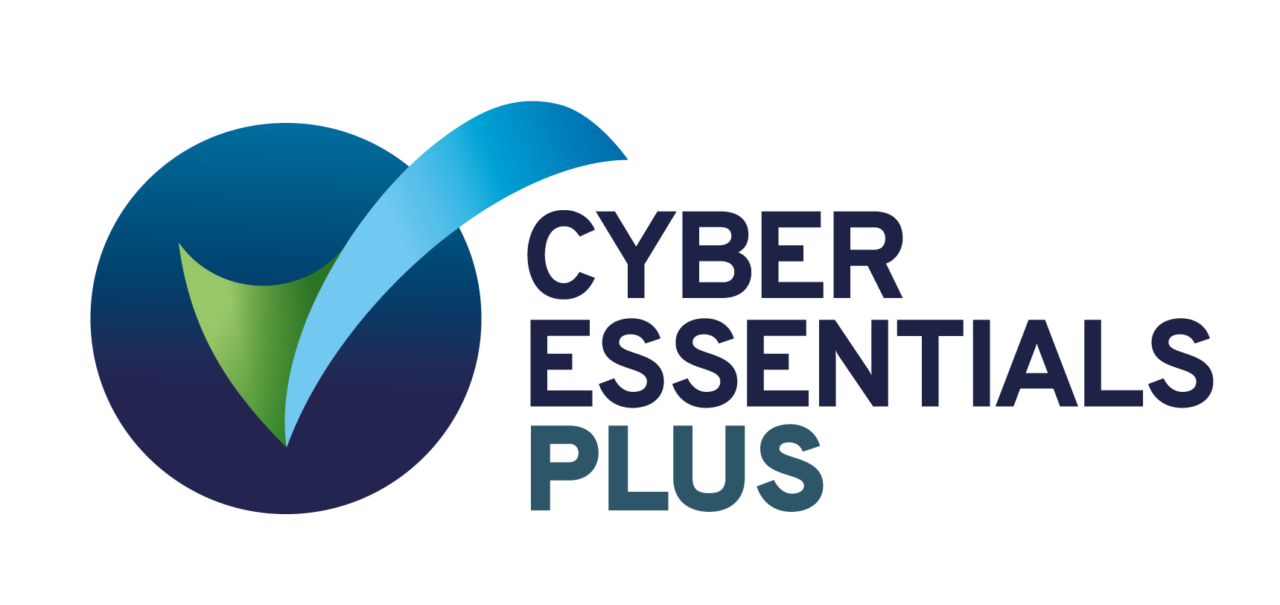
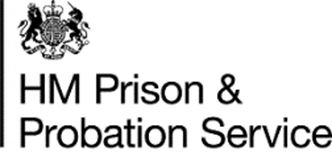
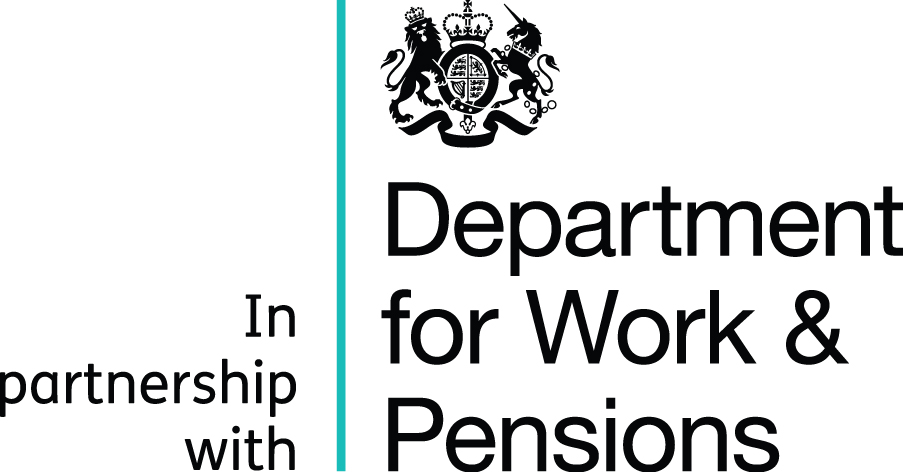

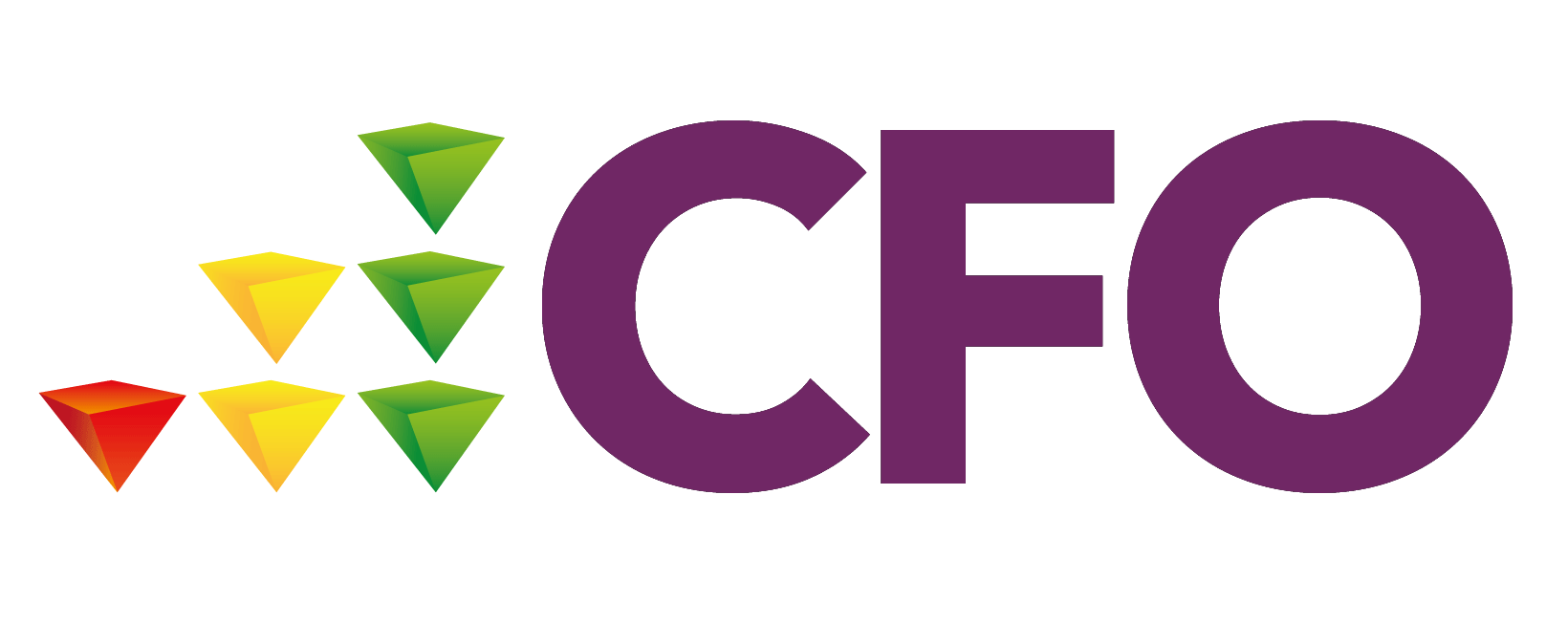
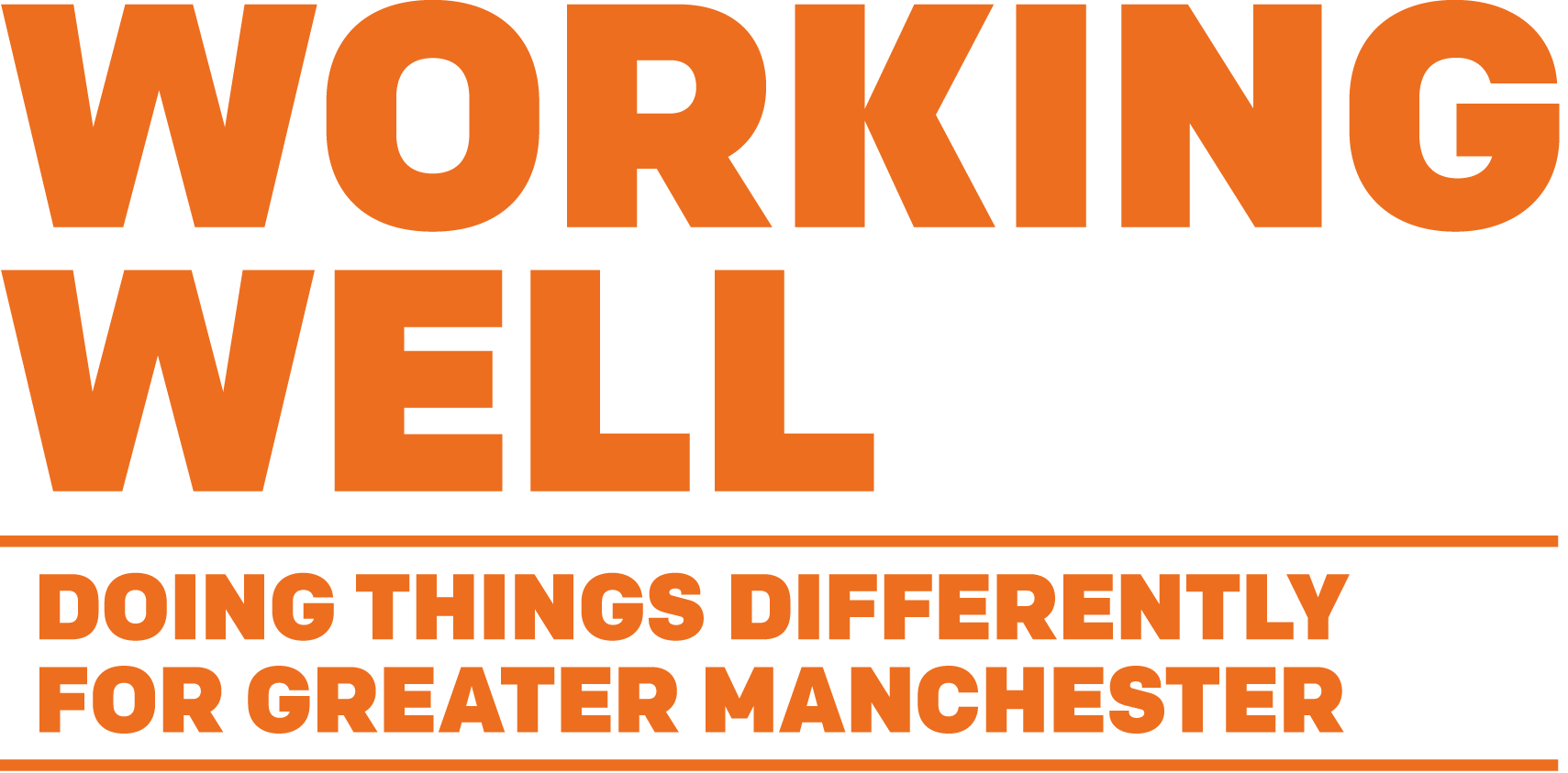.png?width=1709&height=843&ext=.png)
.png?width=1165&height=190&ext=.png)
